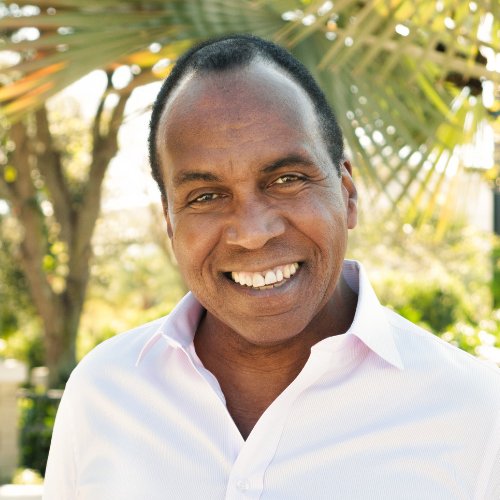What are Chest Voice, Mixed Voice, Head Voice, and Falsetto?
Today I'm going to answer the burning questions you all have about the different registers in your voice. Head voice, chest voice, middle voice, falsetto—what are the differences?
I tell my clients, “I want you to understand all the different registers, but I also want you to know that you're never going to sing with just one of them.”
I like you to think that way, because a lot of times you might go through a vocal exercise thinking, “Oh, I've got to go into my head voice, and now my chest voice.”
When you approach it that way, you usually aren't using your body correctly.
The Secret To Star Singing
Click HERE For The Secret To Star Singing
The Secret To Star Singing
Click HERE For The Secret To Star Singing
Using Your Body Correctly
What I mean by that is that there are certain places where your vocal cords will need to make adjustments to reach certain notes, and that will correspond to the size of your vocal cords. Let me give you some examples to illustrate the concept.
When you're just speaking in your regular speaking voice, your vocal cords are a bit longer, elongated, in their natural place. When you go to a higher pitch, your vocal cords need to thin, or shorten.
Changing Vocal Registers
So when your vocal chords are starting to shorten, you are moving into that middle or "mixed" voice. Then when you want to go into the upper voice, your head voice, your vocal cords need to get thinner or shorter again.
The thickness or the size of your vocal cords will correspond to the notes that you're trying to reach.
Think of the strings on a guitar. The thicker string produces a lower pitch, and the thinner string makes a higher pitch. Or look inside a piano to get a visual idea. That's how your vocal cords work as well.
Let It Happen
As you sing through your vocal range, ideally you're always allowing the adjustments to happen. When you start an exercise in your lower range, you're starting out in what would be more of your chest voice.
Then as the pitch gets higher, you move into my middle voice, which will be a combination of my chest voice plus a little bit of my head voice coming into it, hence the term “mixed voice.”
Then as you move into my upper range, you go into my head voice, which will be more head voice and less of the chest voice, which you're letting go of a bit.
Then I might want to go into the uppermost place, the falsetto. The falsetto is more of a disconnection. It's not a real tone. So the falsetto is always going to be a little airier, or have an airy quality to it.
So those are the different registers that you're always moving through.
Demonstrating the Differences
Let's go through an exercise to give you the differences in the registers. We'll work with a long “A” sound.
In the video, I'll try to point out to you the places where I'm mixing and going into the different registers. You can follow along starting at 2:53.
(The video below will begin playing at the correct place)
When I start, you can hear that it's more chest voice. As I go up in pitch, I have to let the cords thin as I allow the head voice to come down.
As I continue to go up, I'm letting the chest voice go and moving more into my head voice. When I want to go ultra-high, I let go of that tone.
When I let go of that connection, it's going to be more falsetto. I don't stay in that register much, and I don't do it very often. But you can use it for an effect.
Going back down in the exercise, you can hear more of the mixed voice as I bring some chest voice into the sound on the lower notes.
Practice Until It's Easy
As you practice, you'll start to learn how to connect all of these registers, and you'll be able to move through them all very easily.
About The Author
 Roger Burnley - Vocal Coach Roger Burnley - Vocal Coach |
Roger Burnley is a vocal coach located in Hollywood, California. He has been teaching singers for over 30 years and singing for even longer than that.
Notable past and present clients include Macy Gray, Brandy, Ray J, The Beastie Boys, James Torme, Taylor Lautner, Nona Gaye, and many more.
His clients have collectively sold more than 30 million albums, with several reaching Platinum and Gold status.
Roger has been featured on VH1, TV Guide Channel, TV One,
and MTV appearing as a vocal expert.
About The Author
 Roger Burnley - Vocal Coach Roger Burnley - Vocal Coach |
Roger Burnley is a vocal coach located in Hollywood, California. He has been teaching singers for over 30 years and singing for even longer than that.
Notable past and present clients include Macy Gray, Brandy, Ray J, The Beastie Boys, James Torme, Taylor Lautner, Nona Gaye, and many more.
His clients have collectively sold more than 30 million albums, with several reaching Platinum and Gold status.
Roger has been featured on VH1, TV Guide Channel, TV One,
and MTV appearing as a vocal expert.









New! Comments
Show me you're alive! Leave a comment below...